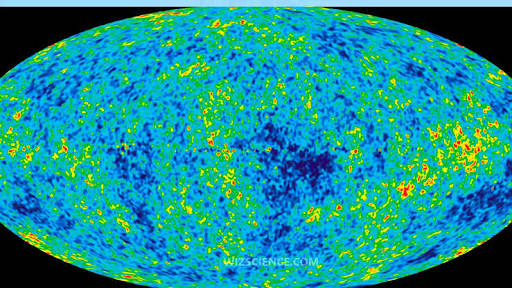
These assumptions are baked into scientists’ standard cosmological theory, called the lambda cold dark matter (LCDM) model – suggesting there is 70% dark energy, 25% dark matter and 5% ordinary matter in the cosmos. Similarly, we also need to assume there is a type of invisible matter presence, dubbed dark matter, to explain how galaxies and clusters evolved to be the way we observe them today. We don’t know what dark energy is, but we need to assume it exists in order to explain the universe’s expansion. If yes, then why is its gravity so much weaker than predicted? If the vacuum does not gravitate at all, what is causing the cosmic acceleration? Hence the big question, dubbed “the old cosmological constant problem”, is whether the vacuum energy actually gravitates – exerting a gravitational force and changing the expansion of the universe.

However, the amount of vacuum energy, or dark energy as it has been called, necessary to explain the acceleration is many orders of magnitude smaller than what quantum theory predicts. Interestingly, in 1998, it was discovered that the expansion of the universe is in fact accelerating (a finding awarded with the 2011 Nobel prize in physics). However, according to Einstein, the vacuum energy has a repulsive gravity – it pushes the empty space apart. We do not notice its presence because our devices can only measure changes in energy rather than its total amount. Quantum theory predicts that empty space, the vacuum, is packed with energy. We believe our approach may one day help resolve some of the biggest mysteries in cosmology, and the results hint that the theory of general relativity may need to be tweaked on this scale. Our new study, published in Nature Astronomy, has now tested Einstein’s theory on the largest of scales. However, gaps in our understanding start to appear when we try to apply it to extremely small distances, where the laws of quantum mechanics operate, or when we try to describe the entire universe. General relativity has passed many years of observational tests, from Eddington’s measurement of the deflection of starlight by the Sun in 1919 to the recent detection of gravitational waves.

Albert Einstein’s theory of general relativity has been remarkably successful in describing the gravity of stars and planets, but it doesn’t seem to apply perfectly on all scales. Yet this most common of all fundamental forces is also the one that presents the biggest challenges to physicists. Everything in the universe has gravity – and feels it too.


 0 kommentar(er)
0 kommentar(er)
